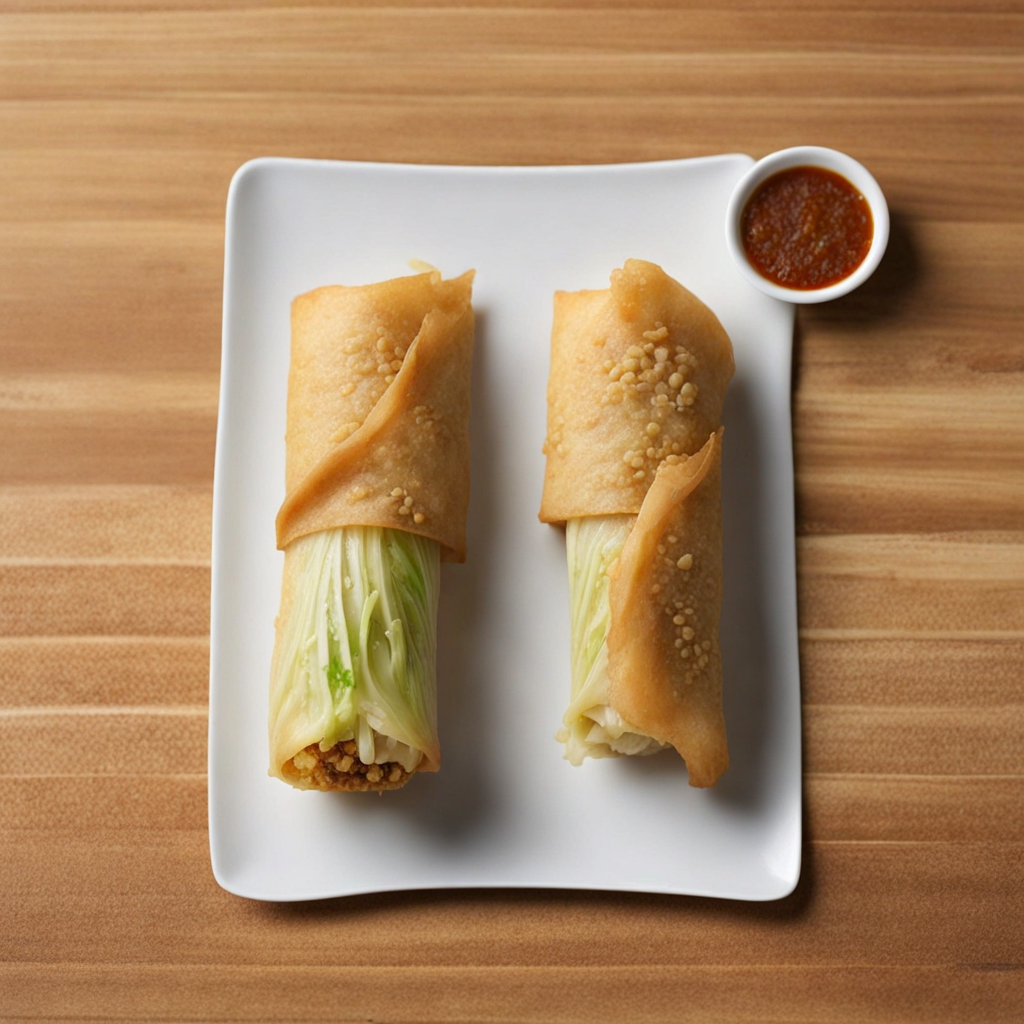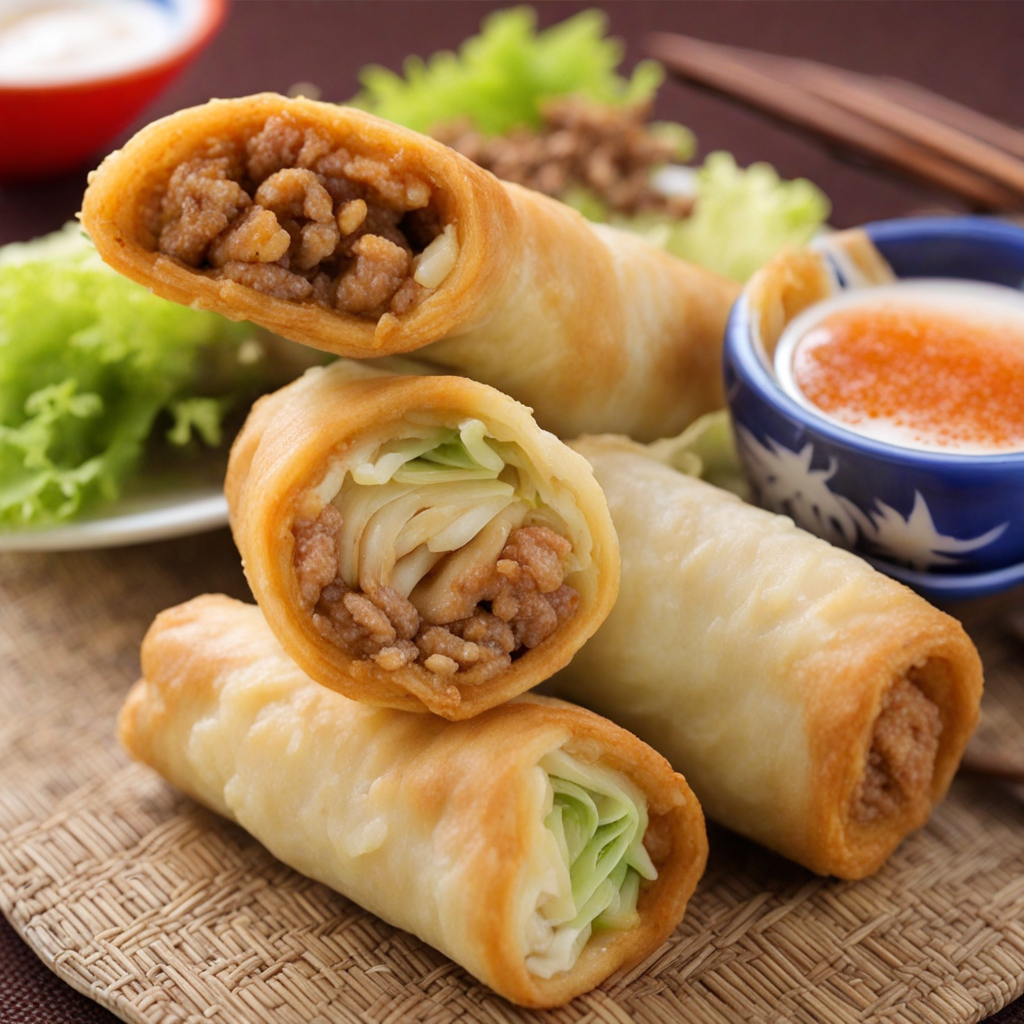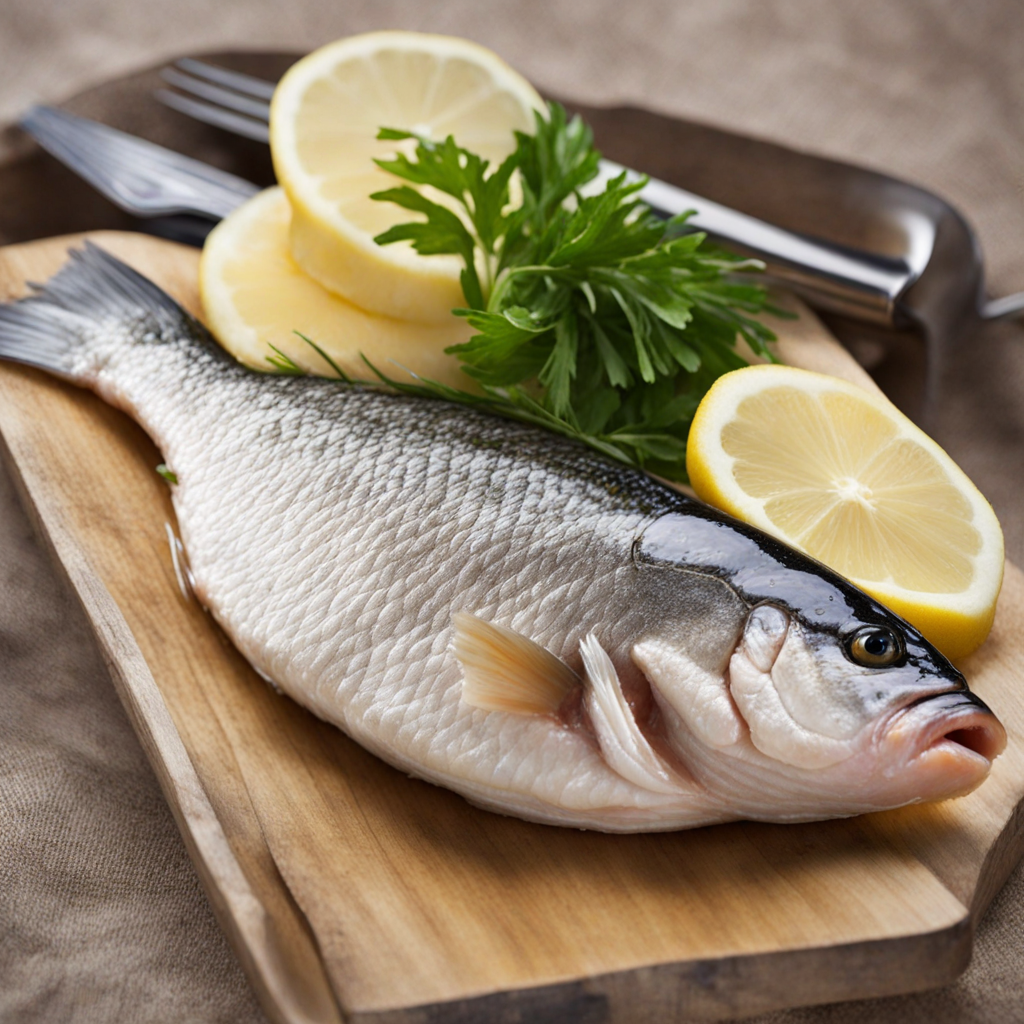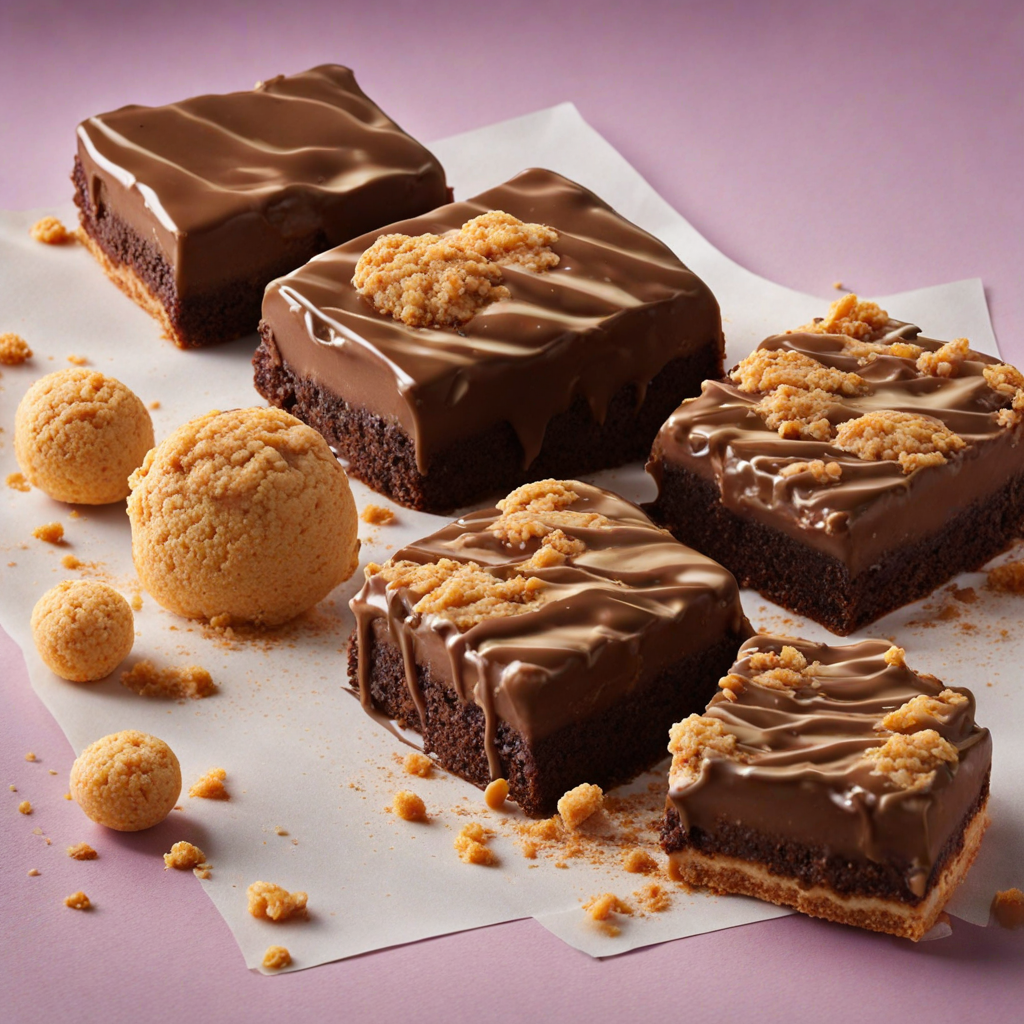Chiko Roll
The Chiko Roll is a quintessential Australian fast food item that has gained iconic status since its inception. Introduced in 1951 by Frank McEncroe, a former soldier, the Chiko Roll was inspired by the Chinese spring roll but tailored to suit the Australian palate and lifestyle. McEncroe recognized a gap in the market for a portable, hearty meal that could be easily consumed on the go, particularly for workers and travelers. The Chiko Roll’s popularity surged in the 1960s and 1970s, becoming a staple at fish and chip shops, sporting events, and roadside stalls across the nation. At its core, the Chiko Roll is a deep-fried roll filled with a combination of ingredients that reflect a fusion of flavors. Traditionally, the filling consists of a mixture of shredded vegetables, including cabbage, carrots, and celery, along with minced meat, typically beef or lamb, seasoned with a variety of spices. This unique blend creates a satisfying texture, with the crunch of the vegetables complementing the meat's savory flavor. The roll is encased in a thick, dough-like wrapper that is deep-fried to achieve a golden-brown, crispy exterior, providing a delightful contrast to the soft, flavorful filling inside. The preparation of a Chiko Roll begins with the creation of the filling. The vegetables are finely shredded and mixed with the minced meat, often seasoned with pepper, salt, and sometimes a hint of soy sauce or other spices to enhance the overall flavor.
How It Became This Dish
## The Chiko Roll: A Culinary Icon of Australia Origins The Chiko Roll, an iconic Australian snack, traces its roots back to the 1950s, a time when the country was experiencing a cultural and culinary shift. Its creation is credited to a man named Frank S. McEncroe, who was inspired by the Chinese spring rolls and the desire to create a convenient, portable food that would appeal to the Australian palate. In 1951, McEncroe, who was a passionate food vendor, first introduced the Chiko Roll at the Wagga Wagga Agricultural Show in New South Wales. The original intent behind the Chiko Roll was to create a meal that was easy to eat on the go. McEncroe recognized that many Australians were seeking quick, filling foods that could be consumed without the need for utensils. Thus, the Chiko Roll was born—a deep-fried roll filled with a mixture of meat, vegetables, and spices, all encased in a thick, crispy pastry shell. While the basic components of the roll were inspired by Asian cuisine, McEncroe adapted the recipe to suit local tastes, incorporating ingredients like beef, cabbage, carrots, and onion. Cultural Significance From its inception, the Chiko Roll quickly became a beloved staple at Australian sporting events, fairs, and roadside stalls. Its appeal was not just in its taste but also in its convenience. It was a portable meal that could be easily consumed while enjoying a game of footy or during a long drive. As a result, the Chiko Roll became synonymous with Australian culture, representing a blend of tradition and modernity. The roll's popularity also coincided with the rise of the Australian fast-food scene in the late 20th century. As more Australians began to enjoy quick meals, the Chiko Roll found its place alongside other fast-food items. It became a quintessential part of Australian "takeaway" culture, often enjoyed with a side of chips and a soft drink. The roll's affordability and satisfying nature contributed to its status as a comfort food, especially among working-class Australians. Development Over Time Throughout the years, the Chiko Roll has undergone several transformations and adaptations. In the early days, the filling was primarily meat-based, but as dietary preferences evolved, variations to the original recipe emerged. Vegetarian and chicken Chiko Rolls became available, catering to a broader audience. This adaptation reflects a growing awareness of dietary restrictions and an increasing demand for vegetarian options in Australian cuisine. In the 1980s and 1990s, the Chiko Roll underwent further commercialization. It was mass-produced and packaged for supermarket shelves, allowing consumers to enjoy the roll at home. This move expanded its reach beyond food stalls and fast-food outlets, making it a popular choice for families and individuals looking for a quick meal solution. The marketing campaigns that followed often emphasized the roll's Australian heritage, tapping into a sense of national pride. The introduction of frozen Chiko Rolls also played a significant role in the product's evolution. With the rise of home cooking, many Australians began to stock their freezers with convenient meal options. The frozen Chiko Roll became a staple in households across the country, allowing people to enjoy the iconic snack at their convenience. The Chiko Roll Today In the 21st century, the Chiko Roll remains a beloved part of Australian food culture. Its presence at sporting events, festivals, and roadside stalls continues to be a testament to its enduring popularity. The roll has become a symbol of nostalgia for many Australians, evoking memories of childhood outings and family gatherings. It is often featured in discussions about Australian cuisine and is celebrated as a unique local treat. Despite its humble beginnings, the Chiko Roll has earned a place in the hearts of many Australians. It is often referenced in pop culture, from television shows to social media, where it is celebrated as a quintessential Australian snack. The roll's rugged, unpretentious nature is often contrasted with more refined dining options, highlighting the charm of comfort food. Challenges and Adaptations However, the Chiko Roll has not been without its challenges. As food trends continue to evolve, there has been increasing pressure on traditional fast-food items to adapt to changing consumer preferences. The rise of health consciousness has led to calls for healthier alternatives, and the Chiko Roll has faced scrutiny regarding its nutritional value. In response, some food vendors have reinvented the Chiko Roll, offering baked versions, whole-grain pastry options, and fillings that feature locally sourced vegetables. These adaptations aim to retain the essence of the original roll while appealing to a modern audience that prioritizes health and sustainability. Conclusion The Chiko Roll is more than just a snack; it is a cultural phenomenon that encapsulates the spirit of Australia. From its origins at an agricultural show to its status as a beloved fast-food item, the roll has evolved alongside the country’s culinary landscape. It reflects the changing tastes and preferences of Australians while maintaining a deep-rooted connection to the past. As we look to the future, the Chiko Roll will likely continue to adapt while preserving its identity as a quintessential Australian snack. Whether enjoyed at a sporting event, on a road trip, or as a late-night comfort food, the Chiko Roll remains an enduring symbol of Australian culture, celebrating the simplicity and satisfaction of good food.
You may like
Discover local flavors from Australia







